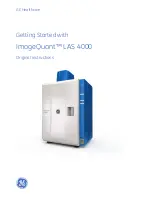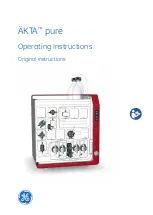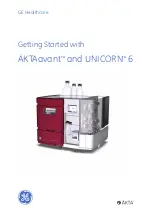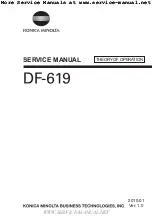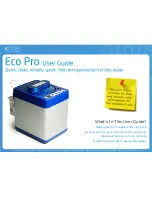
Matters to Be Observed When Using This Product
■
Be careful when a pulse current larger than the rated current, such as an inrush current or surge current at the moment of
turning on the power supply, briefly flows through the chip fuse. It may cause the chip fuse to fuse off, which is undesirable.
Calculate the I2-t value of the pulse current, and from the I2t-t characteristics curve, determine the tolerance of the chip
fuse to the number of pulses applied. Based on these I2-t value and tolerance, make a decision on whether or not to use
the chip fuse. Determining the tolerance involves technicalities. Consult our sales staff in advance.
■
The product fuses off when carrying a current two times or more of the rated current. Select a product so that the abnormal
current generated in the event of a circuit failure of your product is at least twice the rated current of the product. Make sure
that the abnormal current does not exceed the maximum cutoff current of the product.
■
The chip fuse is intended for use on the secondary side of the power supply. Do not use the fuse on the primary side of
the power supply. Keep source voltage applied to the chip fuse equal to or lower than the rated voltage of the chip fuse.
■
The load characteristics and fuse characteristics of the chip fuse are affected by the ambient temperature. Before actually
using the chip fuse, evaluate and confirm the operation of the chip fuse incorporated in your product while sufficiently
taking into consideration the category temperature range.
■
To prevent a case where a transient load (e.g., a pulse for a short period) too large for the product to handle is applied,
make sure to evaluate and confirm the operation of the product incorporated in your product. Applying power or voltage
(current) larger than the rated power or rated voltage (current) to the resistor may impair its performance and reliability.
Make sure to use the resistor with power or voltage (current) equal to or lower than the rated power or rated voltage
(current). The product warranty does not cover usage where an excessively large load, such as a pulse current, is
applied to the product.
■
The resistor may have a high temperature even when used with power equal to or lower than the rated power. Be careful
in such cases. Another factor to be considered are effects on the board, peripheral components, etc., and the effects of
peripheral components on the resistor. Make sure to confirm first that the temperature of the resistor incorporated in your
product is equal to or lower than the specified temperature, and then use the resistor.
■
Continuously using the chip fuse in a fused state is not allowed.
When the chip fuse fuses off, immediately turn off the power supply to cut off the current flow.
■
When a resistor is used in a high-frequency circuit, the resistor may fail to offer the required characteristics. Check
whether the resistor offers the required characteristics in the actual circuit in which the resistors are incorporated.
■
Be careful that unusual stress caused by an excessive bend of the printed board is not applied to the resistor. Design the
circuit structure such that the resistor is not close to a perforated line for board splitting or on a line with sizable holes
bored on the board.
■
When a different component is mounted on the board where the resistor has been soldered, be careful that the board
does not bend excessively. If necessary, provide the board with backup pins (support pins) to keep it straight.
■
Avoid manual board splitting. Use a jig, etc., to break the board so that it does not bend excessively when split apart.
■
When the product is used under mounting conditions departing from mounting conditions specified in our specification
sheet, the product may be exposed to unexpected stress to fail. Be careful to avoid such a case. When mounting the
resistor on a printed board, set the resistor’s front and back surfaces in the direction indicated by the tape. Make sure to
evaluate and confirm the operation of the resistor incorporated in your product and determine whether the resistor is
usable as a component of the product.
■
Set soldering conditions for the resistor within the recommended soldering conditions specified by our company. Any time,
soldering condition departing from the specified soldering condition, such as a high peak temperature or a long heating
may impair the performance/reliability of the resistor. Note that the specified soldering conditions indicate conditions
under which degradation of the resistor characteristics does not occur but do not indicate conditions under which stable
soldering can be performed. Check and set individual conditions under which stable soldering can be performed.
■
Heat the resistor in advance so that a difference between the soldering temperature and the temperature of the resistor
surface is reduced to 100
℃
or lower. When dipping the soldered resistor in a solvent, etc., to cool the resistor rapidly,
ensure that the temperature difference between the resistor and the solvent is 100
℃
or lower during the dipping.
30-Jun-23
Circuit design and circuit board design
Mounting conditions
Downloaded from









